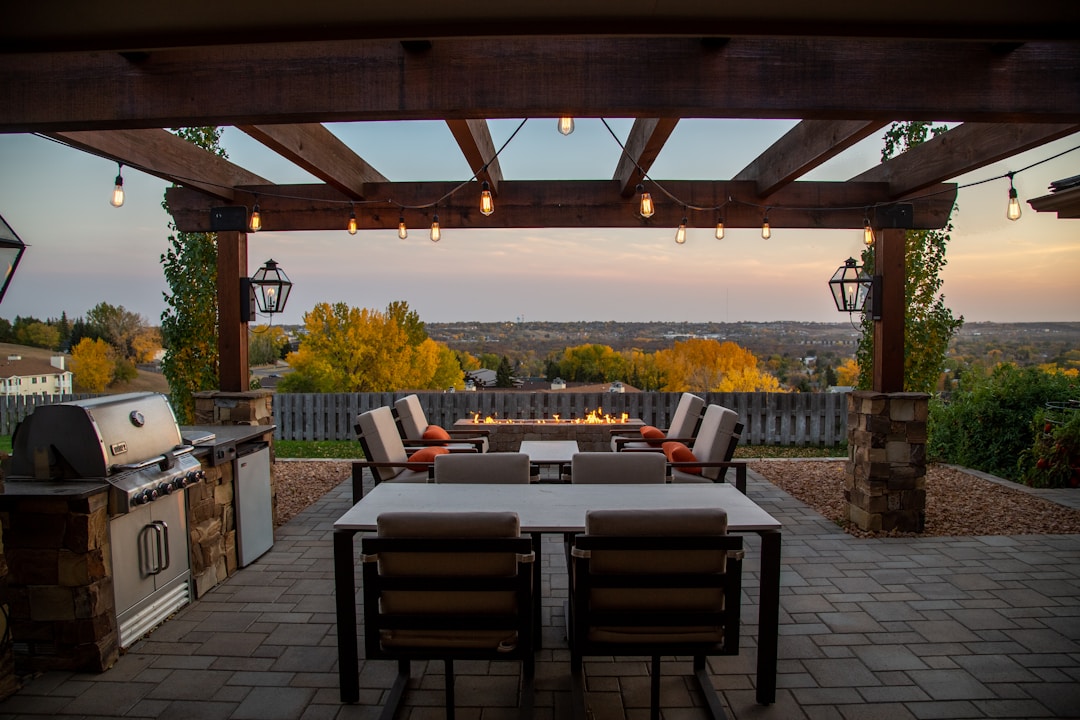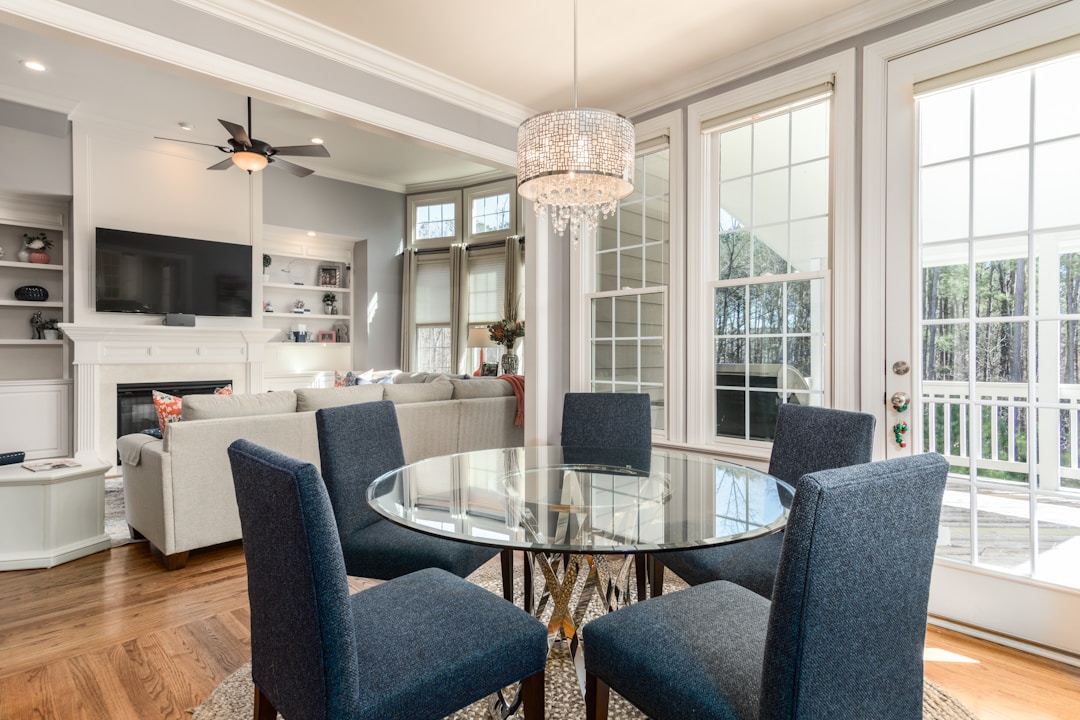We all aspire to have homes that are not just beautiful, but also comfortable and inviting. It’s not an unattainable dream. With the correct approach, you can transform your house into a cozy haven that caters to your personal comfort and sense of style. The secret lies in understanding the core elements that define comfort and tailoring them to your liking. From the temperature of your space, the quality of air within your home, and the natural light streaming through your windows, to creating an inviting outdoor space, all these factors contribute to overall home comfort. In this article, we’ll explore practical tips and tricks to improve these areas and ensure your home goes from ordinary to a personal sanctuary.
Maintaining an Ideal Home Temperature

The temperature within your home is one of the most critical aspects that can make or break your comfort. Be it unbearably hot summers or chilling cold winters, maintaining an ideal home temperature is paramount for a comfortable living environment. It comes down to having a reliable and efficient cooling and heating system. Outdoor temperatures fluctuate, but your home’s internal temperature should remain stable for optimal comfort.
Check your HVAC system regularly to ensure it functions properly. HVAC maintenance affects not only the comfort level of your home but also air quality and energy efficiency. Leaky ducts, dirty filters, or an old, inefficient system can decrease your comfort. That’s why, professionals like Kimbro Air AC can help optimize your HVAC system for a consistently comfortable home temperature. These services can include system inspection, filter replacements, duct cleaning, and energy efficiency assessments. You should have the system inspected annually and change the air filters at least once every 90 days.
Ensure you have an efficient insulation system in place. Insulation acts as a barrier to heat gain or loss, especially from the roof and walls of your house. It’s essential for maintaining an ideal home temperature. Consider options like spray foam, blown-in, or batt insulation, depending on your home’s needs.
Creating an Inviting Outdoor Space

Your outdoor space is just as important for home comfort. Whether it’s a sprawling backyard or a cozy balcony, putting in an effort to make it inviting can significantly enhance your home’s appeal and comfort factor. Consider installing comfortable seating areas where you can unwind, read a book, or entertain guests. Add outdoor heaters or fans for temperature control during different seasons.
Install a hot tub for a relaxing and therapeutic experience. Companies offering hot tub services make it easy to choose from various sizes and designs according to your space and budget. Plus, services such as water testing, cleaning, and maintenance ensure you can enjoy your hot tub without worrying about the upkeep. Further, the addition of a pergola, fairy lights, and outdoor plants can create a warm and inviting atmosphere in your outdoor space. Adding these touches will design an outdoor sanctuary that complements the comfort of your interiors.
Enhancing Indoor Air Quality
Indoor air quality is another major factor that contributes to a comfortable home. Studies show that indoor air can sometimes be more polluted than outdoor air due to the presence of dust mites, pet dander, pollen, and mold spores. To enhance indoor air quality, regularly clean and declutter your home. Keep house plants as they act as natural air purifiers, absorbing toxins and releasing oxygen.
Increasing ventilation also plays a key role in enhancing indoor air quality. Open windows and doors to allow fresh air inside. Deploy exhaust fans in the kitchen and bathrooms to drive out stale air and odors. Further, invest in air purifiers and humidifiers for added comfort and better air quality. Maintain your HVAC system since it circulates fresh air throughout your home. Regular maintenance checks by professionals will ensure any underlying issues that may affect indoor air quality are promptly addressed.
Bringing in Natural Light

Natural light can assist in creating a comfortable and cheerful ambiance in your home. It regulates our circadian rhythm and boosts our mood. To optimize natural light, ensure your windows are clean and free from obstructions. Use blinds and curtains strategically to control the amount of light entering your home. Use mirrors strategically to reflect light in darker corners. The placement of furniture also affects how much natural light circulates within your home.
As this article illustrates, improving the comfort of your home goes beyond mere aesthetics; it requires considering elements like temperature, air quality, outdoor space, and natural light. By focusing on these areas, you can elevate your home’s comfort, transforming it into a tranquil sanctuary that suits your lifestyle and personal preferences. After all, our homes should be the place where we feel the most relaxed and content.


